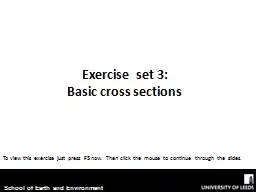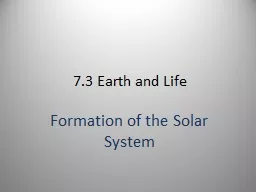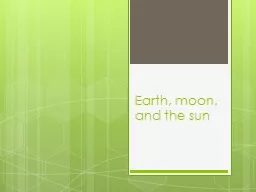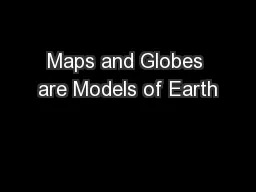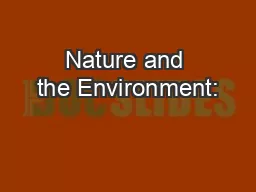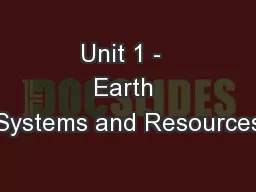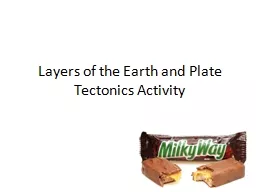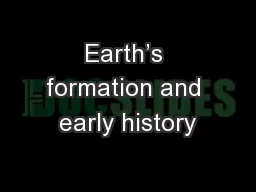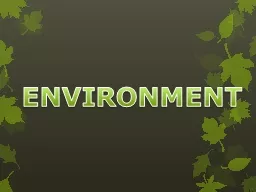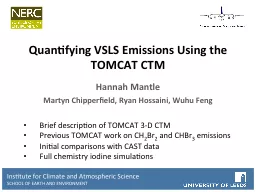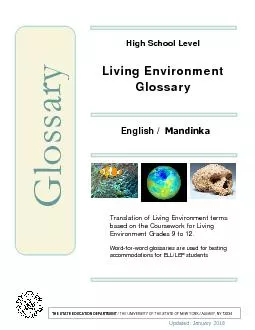PPT-School of Earth and Environment
Author : tatyana-admore | Published Date : 2015-09-18
Exercise set 3 Basic cross sections To view this exercise just press F5 now Then click the mouse to continue through the slides Introduction to cross sections School
Presentation Embed Code
Download Presentation
Download Presentation The PPT/PDF document "School of Earth and Environment" is the property of its rightful owner. Permission is granted to download and print the materials on this website for personal, non-commercial use only, and to display it on your personal computer provided you do not modify the materials and that you retain all copyright notices contained in the materials. By downloading content from our website, you accept the terms of this agreement.
School of Earth and Environment: Transcript
Download Rules Of Document
"School of Earth and Environment"The content belongs to its owner. You may download and print it for personal use, without modification, and keep all copyright notices. By downloading, you agree to these terms.
Related Documents

